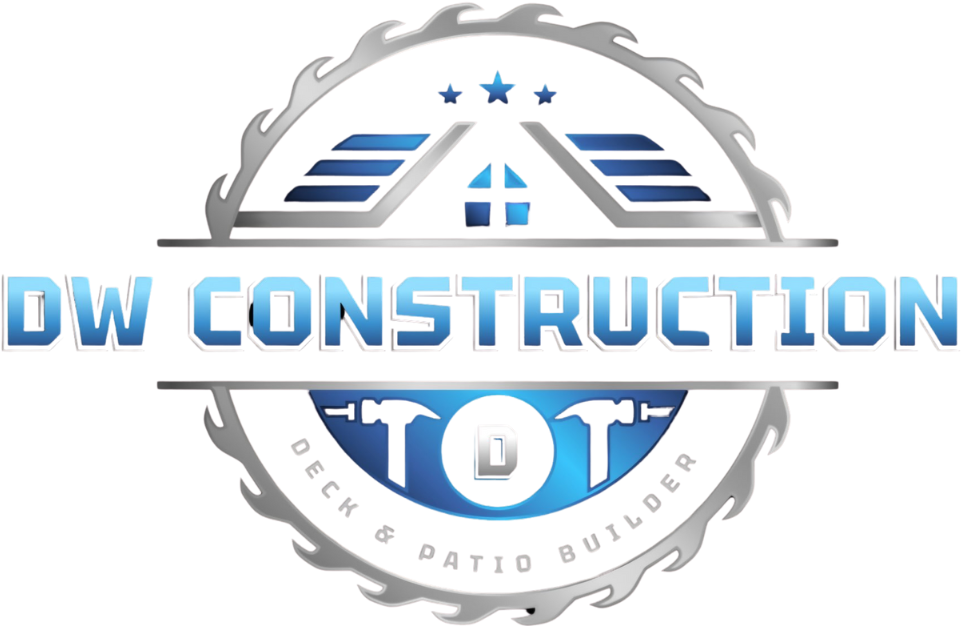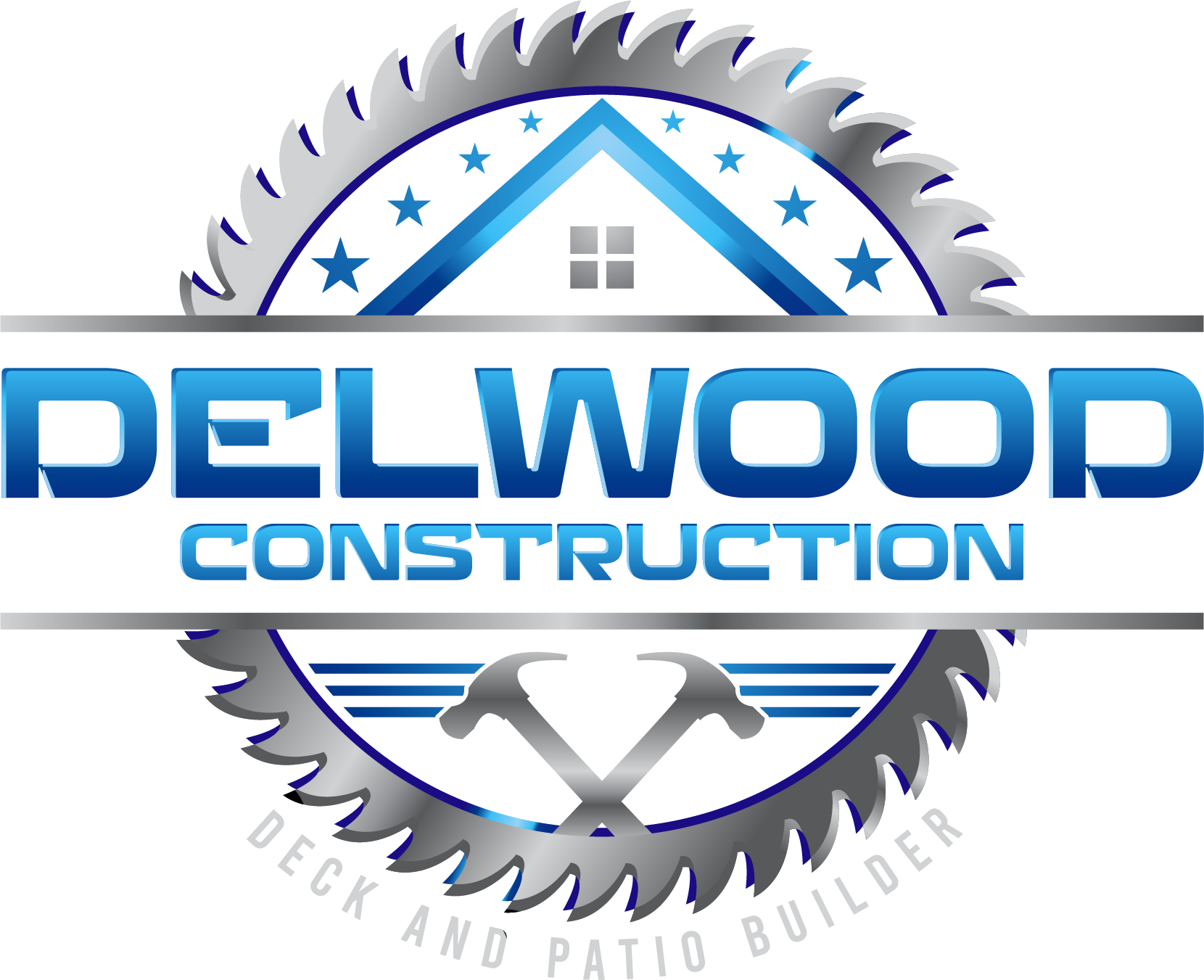Concrete Contractor
Concrete Contractor
When it comes to home improvement, concrete work doesn’t always get the spotlight it deserves—but it should. Done right, concrete projects are a long-term investment in both function and curb appeal. Whether you’re envisioning a new driveway, a clean-lined sidewalk, or a smooth, welcoming patio out back, the foundation of it all—literally and figuratively—is expert installation.
It’s not just about pouring and smoothing. Concrete work demands careful prep, the right mix, attention to grading, and timing that aligns with temperature and weather conditions. Cutting corners here leads to cracking, uneven settling, and drainage problems down the road. A good installation team doesn’t just show up with a truck and a trowel; they start by evaluating the soil, setting proper forms, and making sure the sub-base can handle both weight and weather over time. When all of that lines up, the result is a surface that performs as beautifully as it looks.
Driveways, Walkways, And The Flow of Everyday Life
Concrete is more than just a surface to walk or drive on—it’s part of the daily rhythm of your home. A thoughtfully poured driveway doesn’t just handle traffic; it also complements your home’s overall look. The slope, the joints, the edges—these little details make a big difference. Same goes for walkways. Whether it’s the path from your front steps to the street or a curved trail through your garden, concrete walkways frame your landscape and direct the movement around your home.
Over time, driveways and sidewalks take a beating. Freeze-thaw cycles, shifting soil, heavy vehicles, and even simple foot traffic can take their toll. That’s why it’s important to not just replace damaged concrete but to upgrade it. New materials and finishing techniques allow for smoother textures, brushed or stamped finishes, and even color options that can elevate the visual appeal of your property. A clean, solid concrete surface doesn’t just function well—it gives your home a tidy, finished appearance that speaks volumes.
Patios And Porches That Feel Like An Extension Of Home
Outdoor living spaces have become more than a trend—they’re now a standard part of what makes a home feel complete. A well-built patio or porch creates a natural extension of your indoor space, offering a place to gather, relax, or simply enjoy a change of scenery. But achieving that seamless transition means more than laying down a slab. It involves thoughtful design, solid execution, and an understanding of how concrete behaves in open-air environments.
A good patio isn’t just strong—it’s also tailored to how you live. Whether you’re thinking of hosting backyard barbecues or just want a quiet corner for morning coffee, the layout, finish, and placement all matter. From broom-textured surfaces to exposed aggregate or stamped patterns that mimic natural stone, modern concrete offers a surprising range of options to match the style of your home. The key is making sure it’s not just attractive on day one, but also built to handle sun, rain, and time with minimal maintenance.
Porches offer another chance to add charm and function. A solid concrete porch adds structure to your entryway and gives you the opportunity to personalize with railings, planters, or built-in seating. As with patios, craftsmanship and prep work are everything. Without the right base, moisture can creep in and lead to cracking or shifting. But with the right care from the start, your porch becomes a lasting and welcoming part of your home’s façade.
Beyond Basics: Custom Concrete Features
While the essentials like driveways and patios tend to get the most attention, custom concrete features can quietly transform a property. Think retaining walls, concrete steps, or even decorative borders that line flower beds or lawns. These elements may be subtle, but when done right, they pull everything together with cohesion and character.
Adding custom features gives you the opportunity to solve problems and add personality at the same time. Need to manage a slope in your yard? A concrete retaining wall can hold back soil while doubling as a sleek visual element. Uneven access to a side entrance or garden? Custom concrete steps create a safer, smoother transition. Even small touches like edging or inlays can enhance the geometry of a yard and make a space feel finished rather than patched together.
It’s these finishing details that often get overlooked—but they’re what elevate a concrete project from functional to intentional. Working with a crew that understands both the practical and aesthetic possibilities of concrete can make all the difference in how the finished project looks and holds up over time.
No matter the scope of your concrete project—whether it’s a full driveway replacement, a new porch, or just a few clean-cut sidewalk repairs—expertise matters. That’s where Delwood Construction comes in. From the first sketch to the final smoothing pass, the team brings experience, attention to detail, and a deep understanding of what makes concrete work last.
If you’re ready to get started, or even if you just want to talk through your options, reach out to Delwood Construction. They’ll walk you through the process, help you explore styles and finishes, and make sure you feel confident in the outcome. Contact them today to schedule a consultation or get more information about how they can help bring your vision to life.
Frequently Asked Questions About Concrete
Q1. What time of year is best for starting a concrete project at home?
A1. The ideal time for residential concrete work is during the late spring through early fall when temperatures are consistently above 50°F. Moderate temperatures help the concrete cure properly and reduce the risk of cracking. Extreme heat can accelerate curing and lead to surface issues, while freezing temperatures can compromise structural integrity. That said, with the right equipment and additives, experienced contractors can successfully pour concrete in cooler months as well—planning and timing just become even more important.
Q2. How thick should a concrete patio or driveway be, and why does it matter?
A2. Thickness directly affects durability. For a standard patio, 4 inches is typically sufficient, while a driveway intended for vehicles should be at least 5 to 6 inches thick—more if you expect heavy trucks. Skimping on thickness can lead to cracking, sinking, or structural failure over time. Reinforcement with rebar or wire mesh also plays a role in overall strength, especially in areas with frequent freeze-thaw cycles.
Q3. Can decorative concrete really hold up as well as plain gray concrete?
A3. Absolutely. When installed and sealed properly, decorative concrete—such as stamped, stained, or exposed aggregate—can be just as strong and long-lasting as traditional gray slabs. The key is in the prep work, materials, and sealing. Decorative finishes often include surface hardeners that improve durability. With minimal maintenance, they can resist wear, UV damage, and even freeze-thaw cycles while adding a custom aesthetic to outdoor spaces.
All Rights Reserved | Delwood Construction

